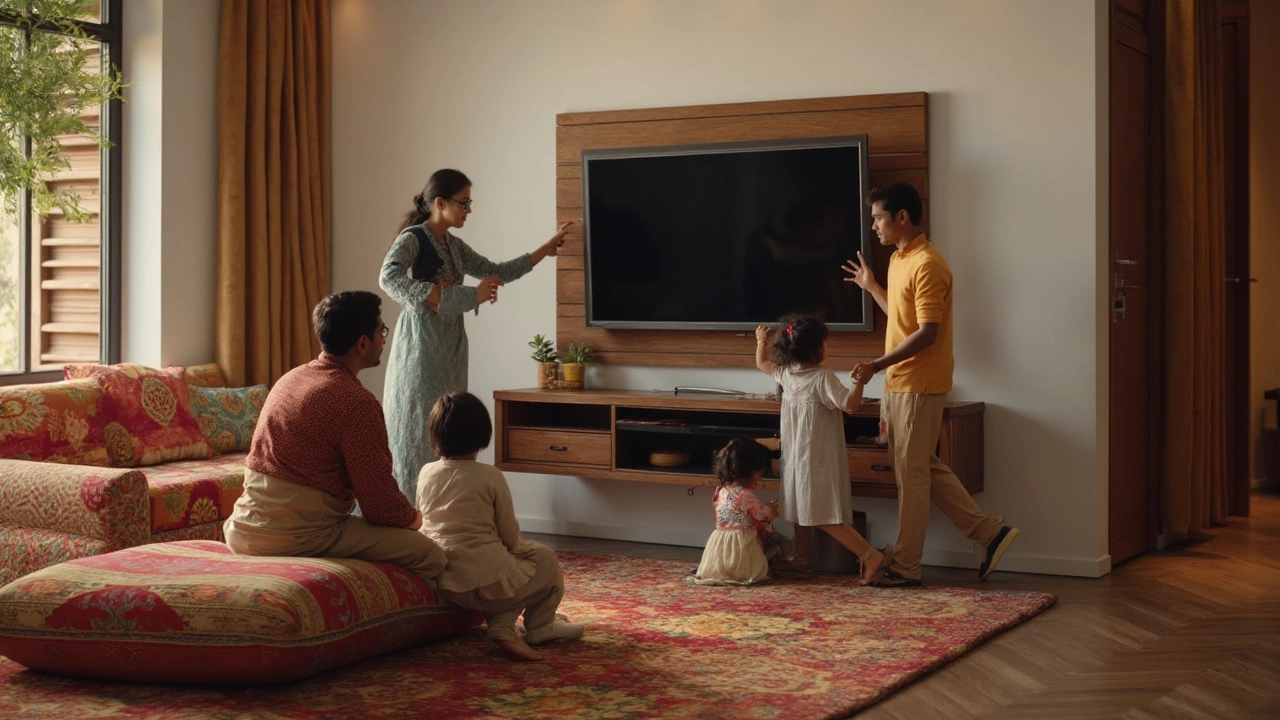TV Setup Guide: From Mounting to Mood Lighting
When working with TV setup, the process of installing a television so it looks good, works safely, and fits your viewing habits. Also known as home entertainment installation, it brings together several wall mounting, securing the screen to a stud or bracket for optimal height and safety, cable management, organizing power and signal cords to avoid clutter and hazards and ambient lighting, soft back‑light that reduces eye strain and adds atmosphere. A well‑planned TV setup not only looks tidy, it improves picture quality and protects your equipment.
Key Steps for a Perfect TV Setup
The first decision is where to place the screen. Measuring the viewing distance—about 1.5 to 2.5 times the screen’s diagonal—helps you pick the right size and height. Next, locate wall studs using a detector; this is crucial for wall mounting because the brackets need solid support. Choose a mount that offers tilt and swivel, allowing you to fine‑tune the angle and reduce glare from windows.
Once the TV is up, address cable management. Run power and HDMI cables through wall conduits or use in‑wall kits to keep them hidden. If you prefer a surface solution, Velcro straps and cable covers blend into paint or baseboards. Proper organization not only looks clean but also lowers fire risk and makes future upgrades easier.
Lighting plays a big role in comfort. Install LED strips behind the TV—often called bias lighting—to create a soft glow that matches the screen’s color temperature. This ambient lighting reduces eye fatigue and makes dark rooms feel more balanced. Pair it with dimmable ceiling lights or floor lamps positioned to avoid direct reflections on the screen.
Sound is the final piece of the puzzle. A slim sound bar or a set of bookshelf speakers positioned at ear level can dramatically boost clarity without crowding the room. Ensure the speakers are angled toward the seating area and consider acoustic panels if the space is echo‑prone. Integrating the audio system with your TV’s HDMI ARC port simplifies control—one remote, one experience.
Furniture layout also influences the overall feel. Choose a sturdy TV stand or a low console that matches the room’s style, whether you lean modern, rustic, or minimalist. Keep the stand’s surface clear for décor items like plants or photo frames, but avoid placing anything that could block ventilation.
Putting these elements together creates a cohesive environment where the TV becomes the centerpiece rather than a relic of wires and glare. Below you’ll find a curated list of articles that dive deeper into each of these topics—wall mounting tips, cable concealment tricks, lighting design ideas, and more—so you can finish your TV setup with confidence and style.
